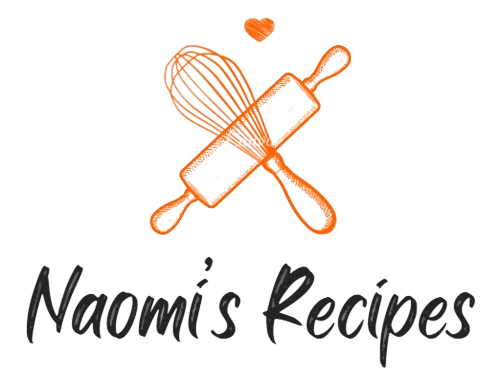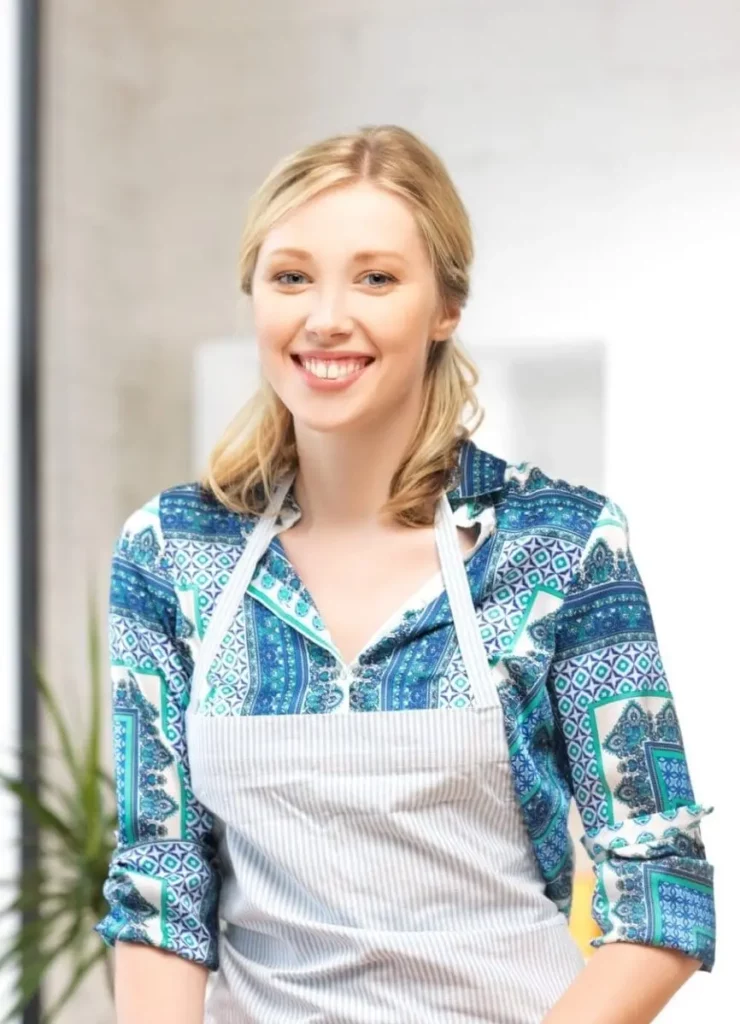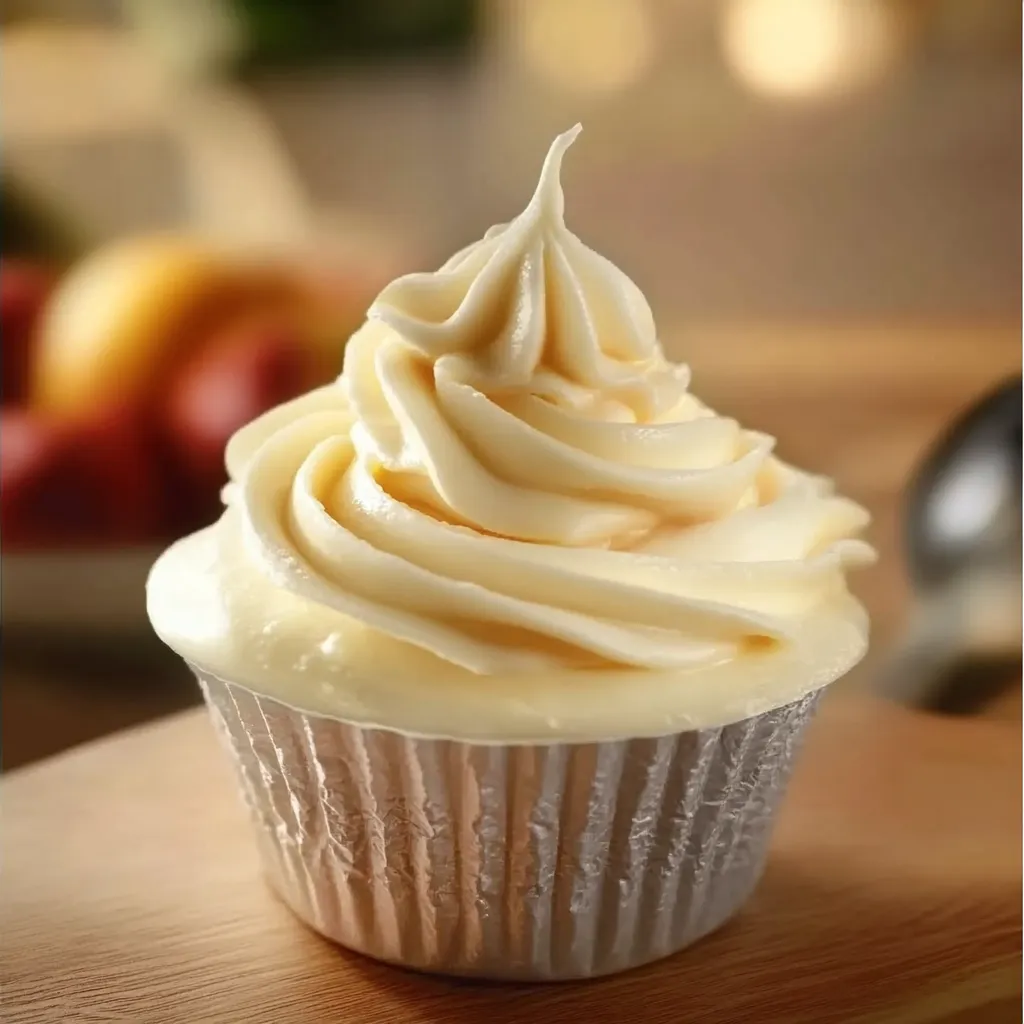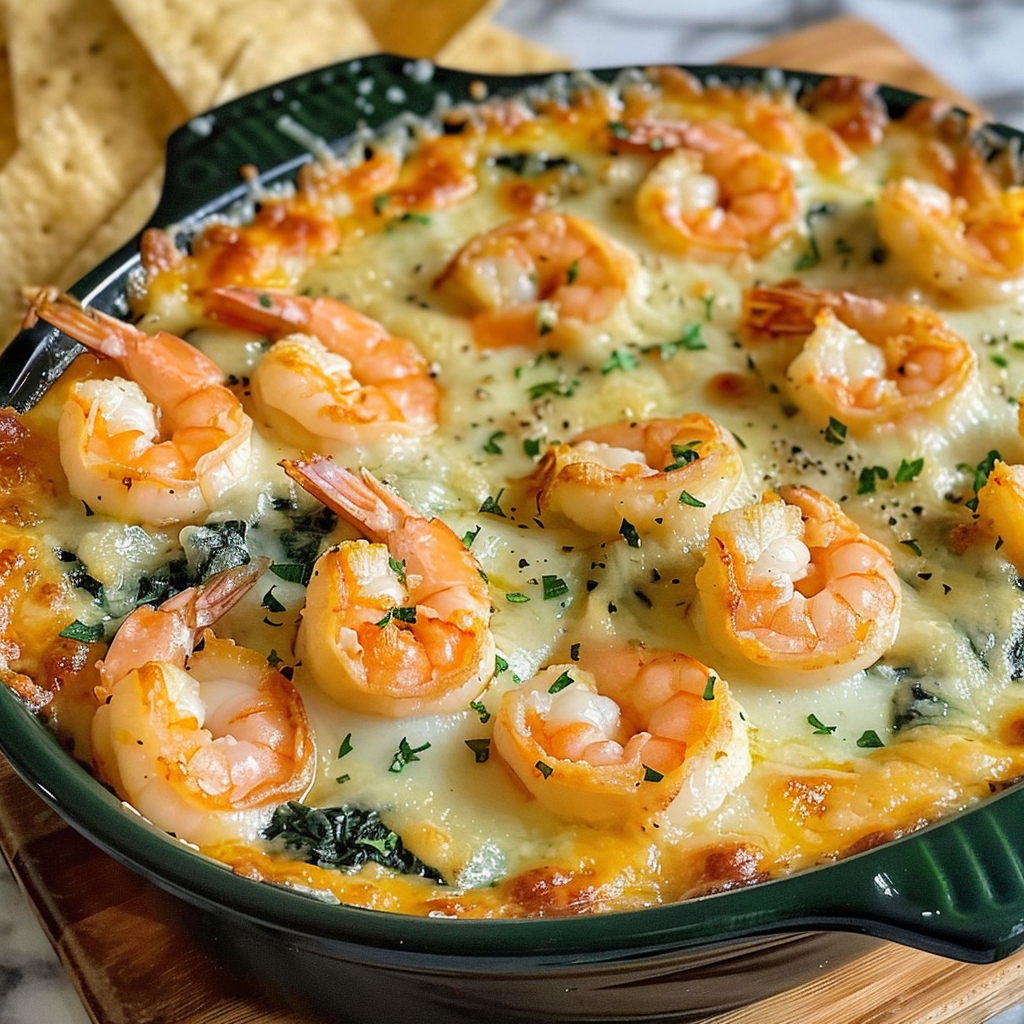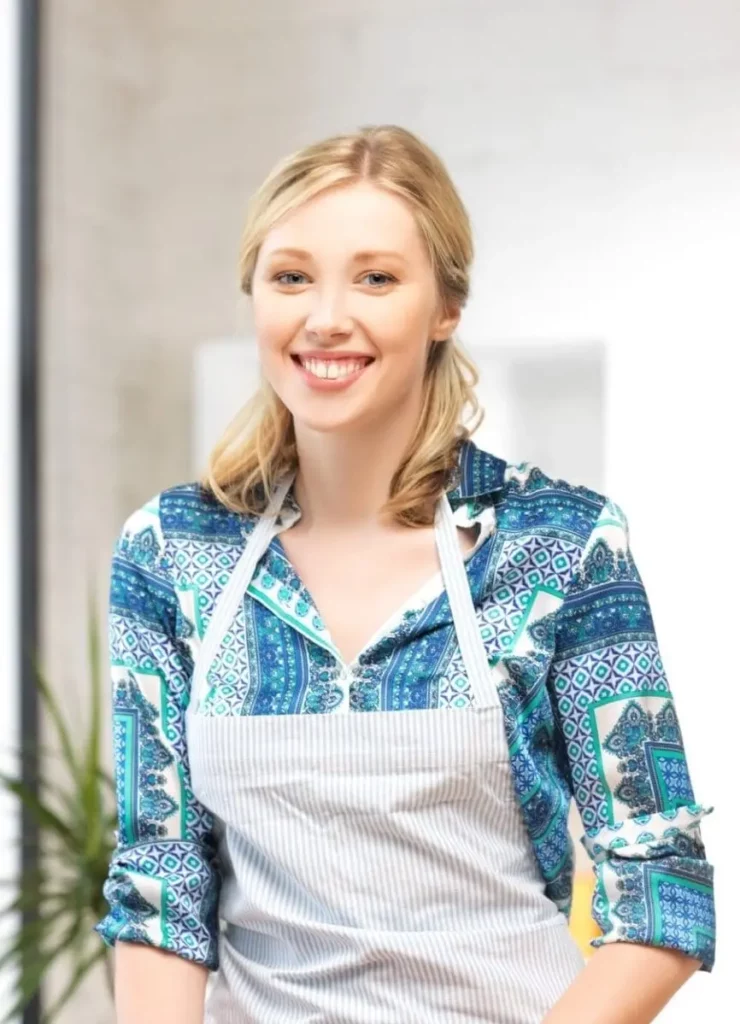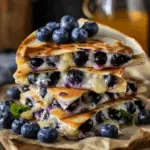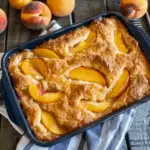Ingredients You’ll Need:
- 2 cups (480 ml) whole milk
- ½ cup (100 g) granulated sugar
- 4 large egg yolks
- ¼ cup (30 g) cornstarch
- 2 tablespoons (28 g) unsalted butter
- 1 teaspoon vanilla extract
- Pinch of salt
STEP 1: Heat the Milk
In a medium saucepan, pour in the 2 cups of whole milk and place it over medium heat. Let it heat gently until it just starts to steam—this is the stage where tiny bubbles form around the edges, but it hasn’t started boiling. Do not let it boil. Overheating the milk at this stage can cause it to scorch or form a skin, and that can affect the texture of your final cream.
STEP 2: Whisk the Egg Mixture
While the milk is heating, whisk together the egg yolks, granulated sugar, cornstarch, and a pinch of salt in a medium mixing bowl. The mixture should become smooth, pale, and slightly thickened as you whisk. This step helps dissolve the sugar and incorporate air, giving your pastry cream a light but creamy consistency. The cornstarch acts as the thickener here—it’s what gives pastry cream its body without making it too dense. Be sure to whisk thoroughly so there are no lumps.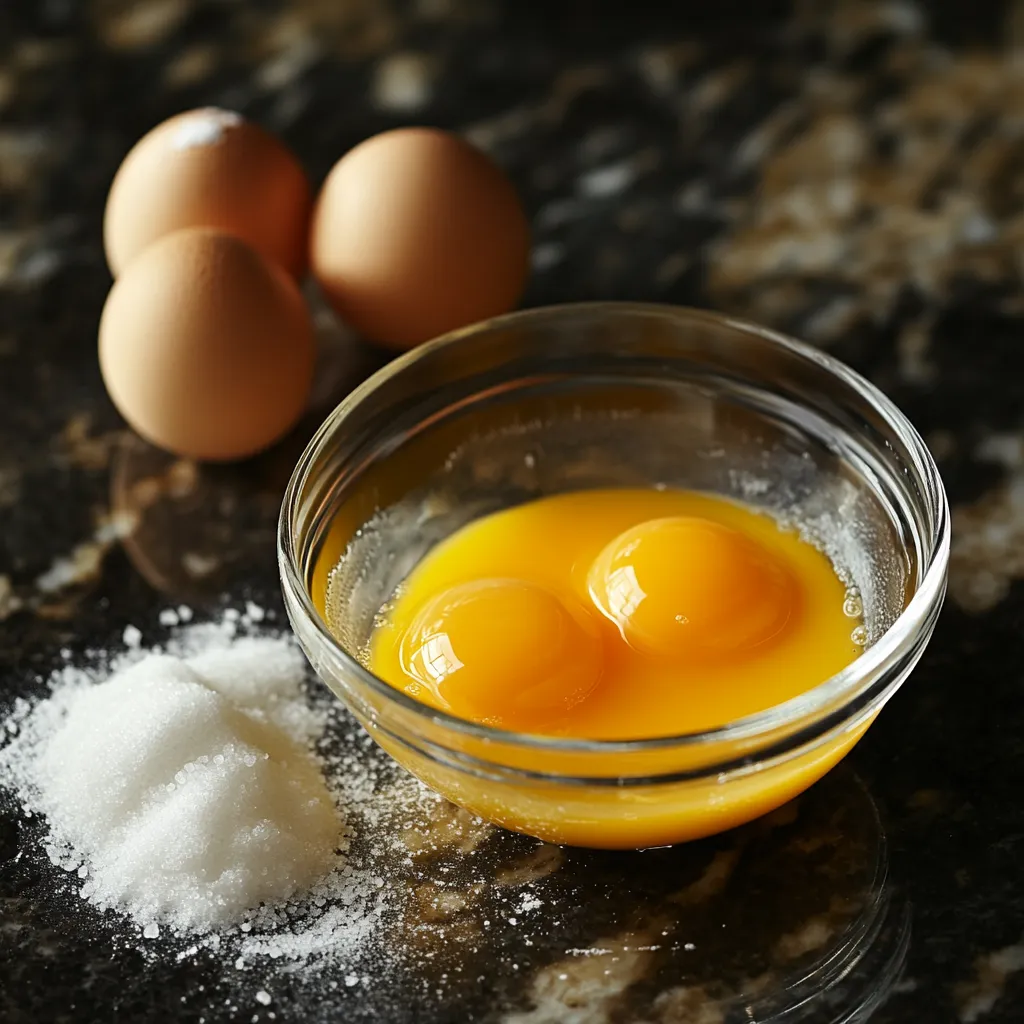
STEP 3: Temper the Eggs
This is where things get a little technical, but don’t worry—it’s easier than it sounds. Slowly pour about ½ cup of the hot milk into the egg mixture, whisking constantly as you pour. This process is called tempering, and it’s crucial for preventing scrambled eggs in your pastry cream. It gradually raises the temperature of the egg mixture without cooking it too quickly. Whisk continuously while adding the hot milk. The goal is to warm up the eggs gently, so they blend smoothly with the rest of the milk when added back to the pan.STEP 4: Combine and Cook
Now that your eggs are tempered, slowly pour the entire egg mixture back into the saucepan with the remaining milk. Again, keep whisking as you pour—this ensures a smooth, even blend and prevents any clumps from forming. Place the saucepan back on the stove over medium heat, and whisk continuously. Within a few minutes, you’ll notice the mixture beginning to thicken. Once it reaches a custard-like consistency and starts to bubble gently, it’s ready to come off the heat.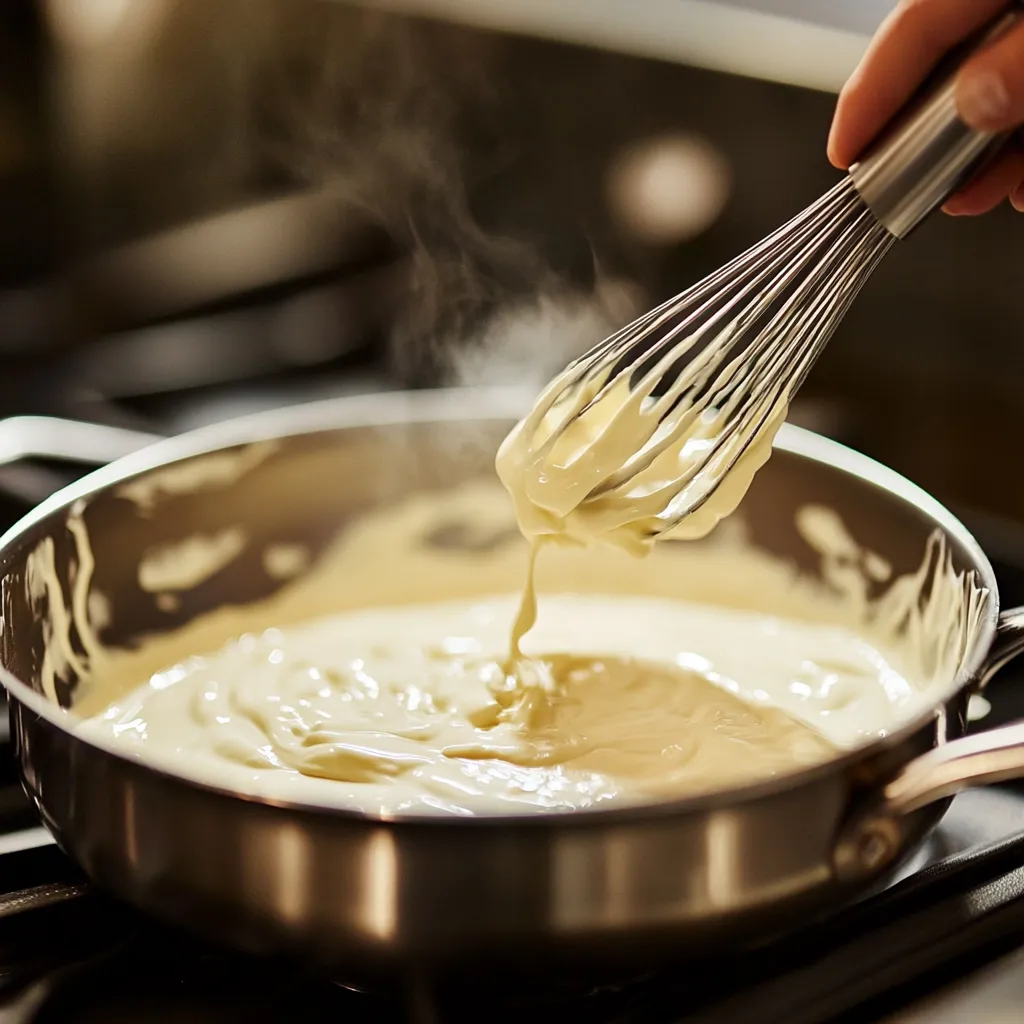
Finishing and Using the Perfect Pastry Cream
Now that your mixture has thickened into a silky, pudding-like texture, you’re just a few steps away from having a flawless, bakery-worthy pastry cream. This next part is all about building flavor, achieving the smoothest texture possible, and preparing your cream to be used in your favorite desserts. Plus, I’ll share some helpful tips and fun variations that take this simple base to a whole new level. Pastry cream might sound fancy, but once you try it, you’ll realize how approachable it really is. And the best part? Once you’ve mastered this classic version, you can adapt it into endless variations—think chocolate, coffee, citrus, or even almond. But first, let’s finish making the classic vanilla version.STEP 5: Add Butter and Vanilla
Once the pastry cream has thickened and starts to bubble, remove the saucepan from the heat immediately. Overcooking can cause the mixture to become grainy, so it’s best to stop once you see the first few bubbles breaking through the surface. Now it’s time to add richness and flavor. Stir in 2 tablespoons of unsalted butter and 1 teaspoon of vanilla extract. The butter adds a silky finish and depth, while the vanilla gives it that comforting, classic pastry cream aroma. Whisk everything together until smooth. At this point, the cream should be thick, glossy, and completely lump-free.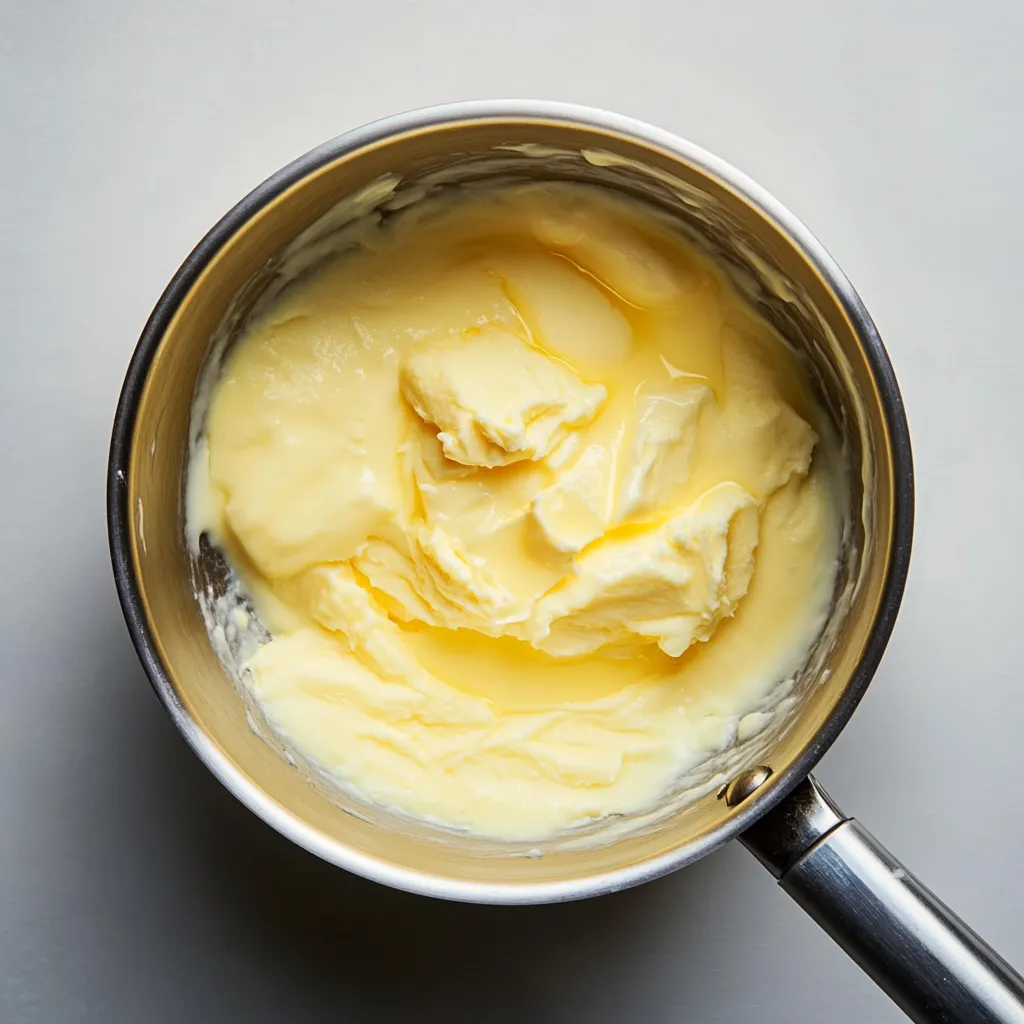
STEP 6: Cool and Chill the Pastry Cream
To prevent a skin from forming on top, pour the pastry cream into a clean bowl and place a piece of plastic wrap directly on the surface. This step is important—if the plastic wrap sits just above the surface instead of touching it, you’ll end up with a rubbery layer on top. Let the cream cool to room temperature, then transfer it to the refrigerator. It needs to chill for at least 2 hours, but you can make it up to 2–3 days in advance. The chilling time allows the cream to fully set and develop its flavor.Helpful Tips for the Best Pastry Cream:
1. Keep Whisking
Constant whisking while cooking ensures your pastry cream stays smooth and prevents it from sticking to the bottom of the pan or forming lumps.2. Use Whole Milk
Whole milk gives the pastry cream a rich, creamy texture. Low-fat milk can be used, but you’ll lose some of that luxurious mouthfeel.3. Sift if Needed
If you notice small lumps or curdling, don’t worry. Just strain the finished pastry cream through a fine-mesh sieve before chilling—it’ll smooth everything out.4. Don’t Skip the Chill Time
Chilling isn’t just for food safety—it allows the cream to thicken and set fully, making it much easier to work with when filling pastries or cakes.Fun Variations to Try:
Once you’ve mastered the classic vanilla pastry cream, try branching out with these creative variations:Chocolate Pastry Cream
Stir in 2 to 4 ounces of chopped dark chocolate after removing the mixture from the heat, whisking until melted and smooth.Coffee Pastry Cream
Dissolve 1 tablespoon of instant espresso powder in the milk before heating for a bold, mocha flavor.Citrus Pastry Cream
Add 1 teaspoon of lemon or orange zest to the milk before heating, then strain before combining with the egg mixture for a bright, tangy twist.Almond Pastry Cream
Replace half of the vanilla extract with almond extract for a nutty, aromatic variation that pairs beautifully with fruit-based desserts.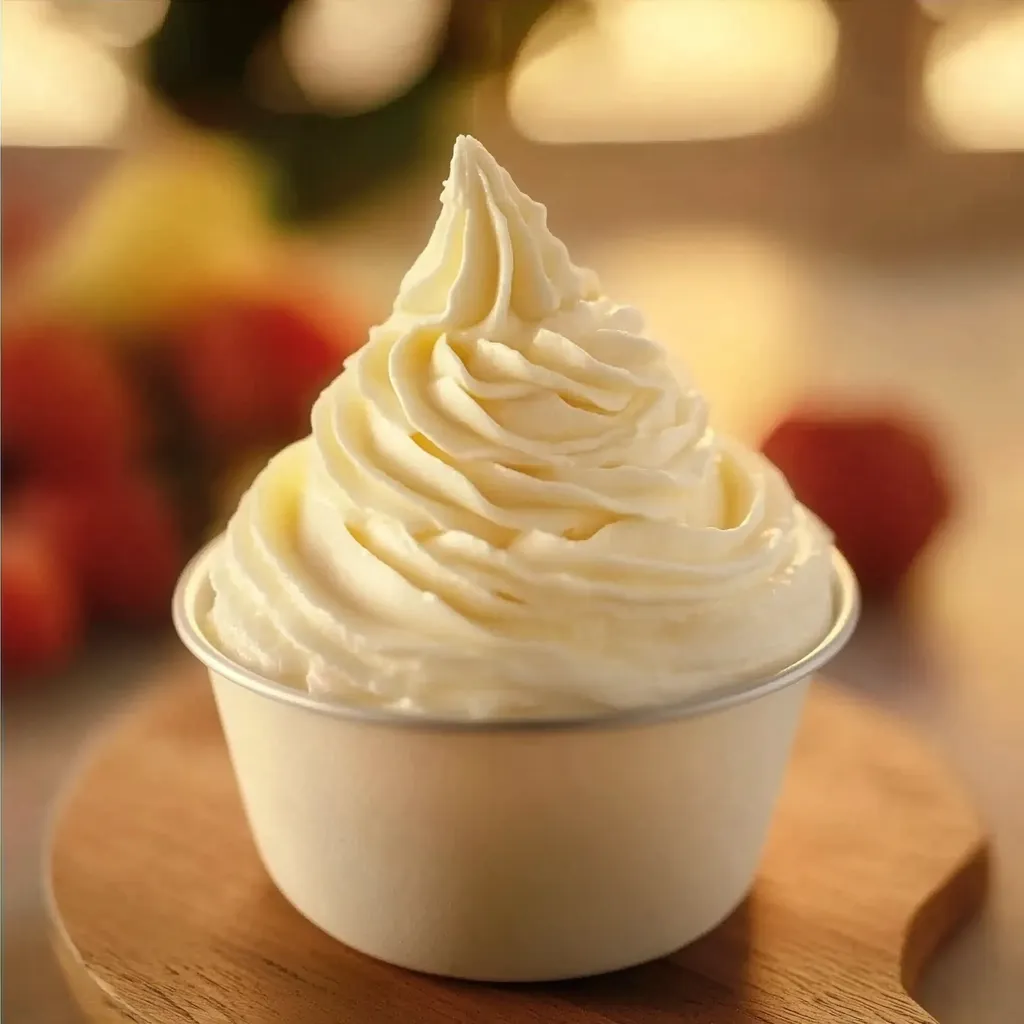
Pastry Cream FAQ and Final Thoughts:
At this point, you’ve made a smooth, rich, and velvety pastry cream from scratch—and whether it’s chilling in your fridge or already filling a tart shell, you’re well on your way to creating bakery-level desserts right at home. But before we finish up, let’s go over some common questions that tend to come up when making pastry cream. These tips and answers can help you avoid mishaps, improve your technique, and feel even more confident in the kitchen.1. Can I make pastry cream in advance?
Absolutely. Pastry cream should be made in advance since it needs to chill before using. It will keep well in the refrigerator for up to 3 days. Just make sure it’s stored in an airtight container with plastic wrap directly touching the surface.2. Can I freeze pastry cream?
It’s not recommended. Freezing pastry cream can cause it to separate and lose its smooth texture. For best results, use it within a few days of making it.3. Why did my pastry cream turn lumpy?
Lumps can form if the mixture is cooked too fast or not whisked continuously. If this happens, strain the finished cream through a fine-mesh sieve to smooth it out.4. What is the “window” to avoid curdling the eggs?
The key is tempering—slowly adding hot milk into the egg mixture while whisking constantly. This gradually warms the eggs without cooking them. If you add the hot milk too quickly or don’t whisk enough, the eggs can scramble.5. Can I use cornstarch substitutes?
Yes. All-purpose flour can be used in place of cornstarch, though it results in a slightly less smooth texture. Use about 1/3 cup of flour to replace 1/4 cup of cornstarch.6. What can I use pastry cream for?
Pastry cream is incredibly versatile. Use it in fruit tarts, éclairs, cream puffs, Boston cream pie, mille-feuille, layer cakes, or even as a filling for donuts. You can also layer it with whipped cream or berries for a quick and elegant dessert.Conclusion: Why This Pastry Cream Recipe Belongs in Every Baker’s Kitchen
There’s something truly satisfying about making pastry cream from scratch. With just a few basic ingredients and a bit of care, you can create a luxurious filling that forms the base for some of the most classic and beloved desserts around. Whether you’re making a fresh berry tart in the summer or a batch of éclairs for a special occasion, this recipe gives you a solid, go-to foundation that always delivers. What makes this pastry cream special is its balance of simplicity and elegance. The smooth texture, rich flavor, and adaptability make it one of those recipes you’ll come back to again and again. And once you’re comfortable with the method, you can customize it with endless flavors to fit whatever dessert you’re dreaming up. So next time you need a versatile filling that’s just as impressive as it is delicious, skip the pre-made options and try this homemade version instead. And if you have any flavor ideas, questions, or creative uses you’ve tried, I’d love to hear them—drop a comment and share how pastry cream shows up in your kitchen. Happy whisking, and enjoy every creamy spoonful. Print
How to Make the Perfect Pastry Cream for All Your Desserts
- Total Time: 2 hrs includes cooling time
Description
Rich, smooth, and ultra-creamy, this pastry cream is a versatile filling that elevates tarts, eclairs, cream puffs, and layer cakes. It’s a foundational recipe every baker should master.
Ingredients
-
2 cups (480 ml) whole milk
-
½ cup (100 g) granulated sugar
-
4 large egg yolks
-
¼ cup (30 g) cornstarch
-
2 tbsp (28 g) unsalted butter
-
1 tsp vanilla extract
-
Pinch of salt
Instructions
1️⃣ Heat the milk: In a medium saucepan, warm the milk over medium heat until it just begins to steam—do not let it boil.
2️⃣ Make the egg mixture: In a separate bowl, whisk together the egg yolks, sugar, cornstarch, and a pinch of salt until smooth and pale in color.
3️⃣ Temper the eggs: Slowly add about ½ cup of the hot milk into the egg mixture, whisking constantly to temper the eggs and avoid scrambling.
4️⃣ Combine: Gradually pour the tempered egg mixture back into the saucepan with the remaining milk, whisking constantly.
5️⃣ Cook until thick: Cook over medium heat, whisking constantly, until the mixture thickens and begins to bubble, about 2–4 minutes.
6️⃣ Add flavor: Remove from heat and stir in the butter and vanilla extract until fully incorporated and silky smooth.
7️⃣ Cool: Pour the pastry cream into a clean bowl and cover with plastic wrap directly touching the surface to prevent a skin from forming.
8️⃣ Chill: Let it cool to room temperature, then refrigerate for at least 2 hours before using.
Notes
-
For extra flavor, infuse the milk with a split vanilla bean before step 1, then strain before using.
-
Use chilled pastry cream within 3–4 days.
- Prep Time: 10 min
- Cook Time: 10 min
